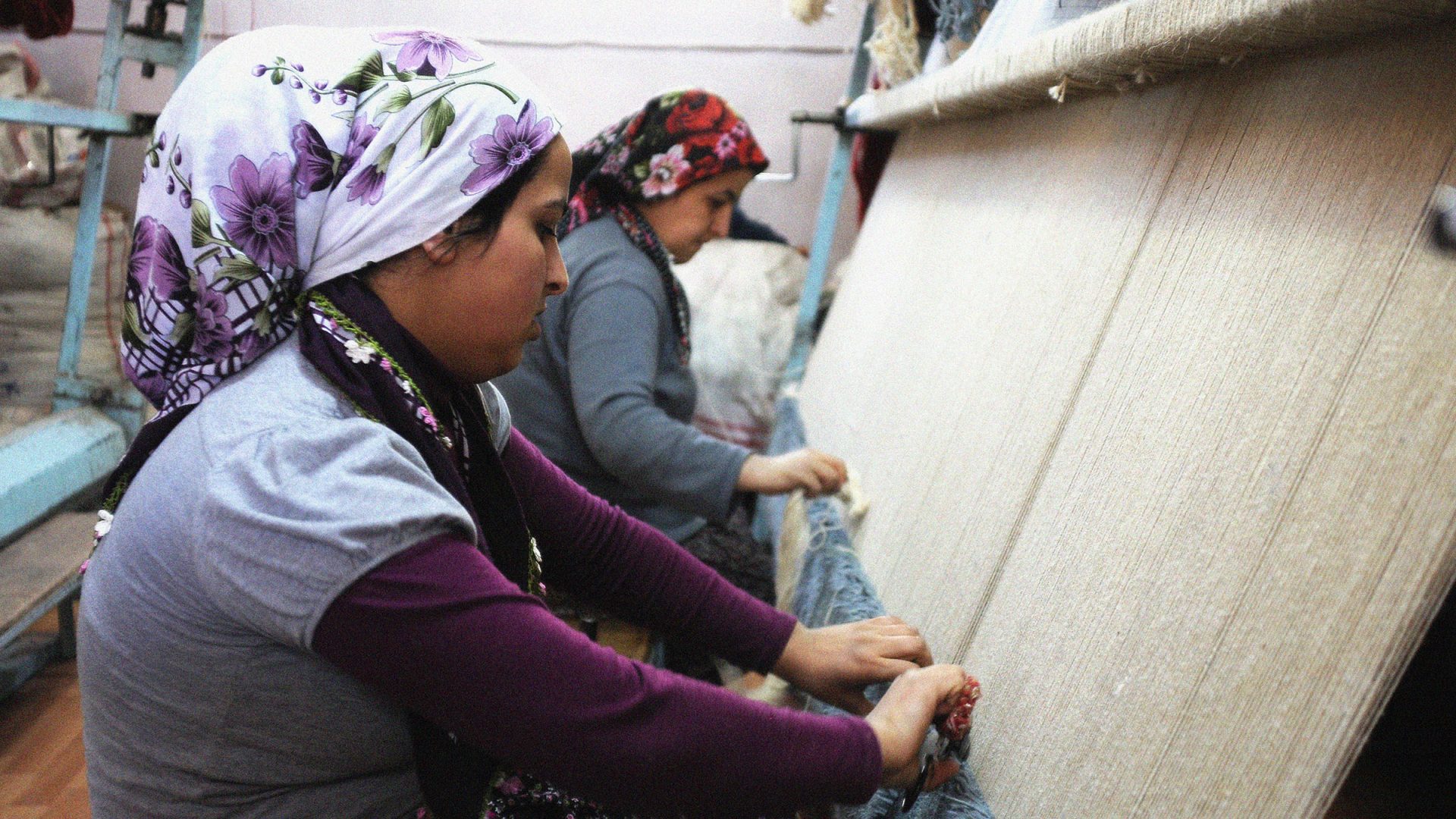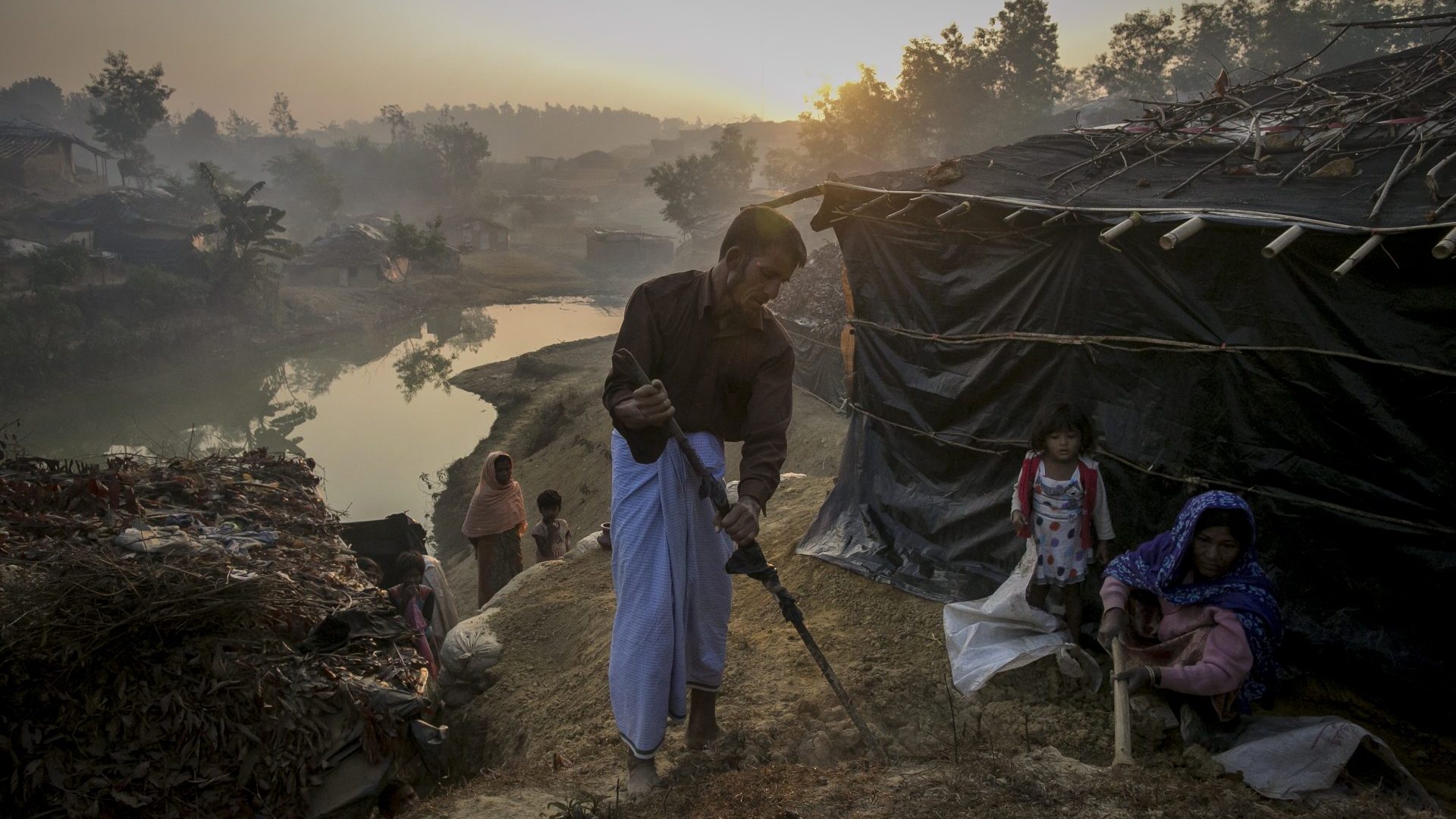“The women who work here do not earn a lot,” said Tarkan Ozgonen, the carpet factory boss. Maybe the equivalent of about £300 a month. And that’s for long hours, half-sitting, half-squatting at the large wooden looms on which they weave the highly sought-after handcrafted carpets. “It may not be so much money, but every little bit counts in our villages,” Ozgonen tells me.
My carpet factory and warehouse visit – near the city of Denizli, in south-western Anatolia – came during my first visit to the country in a little over half a century. Back in the mid-70s I’d visited Turkey in successive years and travelled widely around Istanbul, the Black Sea coast, Cappadocia and eastern Anatolia. I’d found the Turkish people friendly, welcoming and passionately proud of their country. Returning in the early summer, I was trying to work out just why it had taken me so very long to return.
The Turkey of the 1970s was a pretty frantic place: buying, selling, rushing around, making a mess. The Turkey of 2025 is more tranquil, notwithstanding the political tensions and huge societal and wealth differences between town and country.
The rural Turkey I encounter in 2025 possesses an almost bucolic air: neat plots divided into strips, each growing barley, wheat, vines, chickpeas, beans, cotton. Despite its growing population, Turkey is largely self-sufficient, but however easy on the eye these family-run farms appear, cradled as they are on lush plains between successive mountain ranges, the other story they tell is self-evident. Small-scale farming may provide a living of sorts now, but it’s unlikely that future generations will live this way. Rural families want to educate their kids, who then grow up wanting a better life in the city.
Suggested Reading

The prisoner of Erdoğan
That leaves a shortfall of workers in the countryside who participate in traditional industries. It means that authentic Turkish carpets, woven to traditional patterns, are a slowly vanishing commodity: “Every year, fewer and fewer carpets,” says Ozgonen. “Every year, fewer and fewer weavers.”
The hallmark of a hand-woven Turkish carpet is its single-knot structure, compared, for example, with the double knot more prevalent in Afghanistan or Iran. In factory-produced carpets, the pile is glued, not knotted. I watch as the local woman on the loom uses a small wooden beater tool to compact the knots as she works: it will be many weeks before her work becomes a fully fledged carpet, which will be worth several thousand pounds.
Although in effect still a cottage industry, traditional carpet-weaving is recognised as a valuable export and the government provides a range of subsidies.
While most carpets are made from sheep’s wool, locally grown cotton can be used for the warp and weft, while silk comes into its own for small, decorative premium products. The silk, too, is locally produced and I watch in awe as one of Ozgonen’s colleagues spins the flimsy threads from the silk moth cocoons into progressively thicker strands, his arms waving all the while like windmills.
My companions and I are put at ease with Turkish tea, wine or raki, before Ozgonen’s sales team descends, whisking individual visitors off to separate demonstration rooms amid the labyrinthine warehouse. I can find my wife nowhere and fear that we may be leaving several thousand pounds lighter, but richer to the tune of one carpet. I eventually find her buying a more affordable ice cream.
Stan Abbott is a journalist and author of travel narrative



